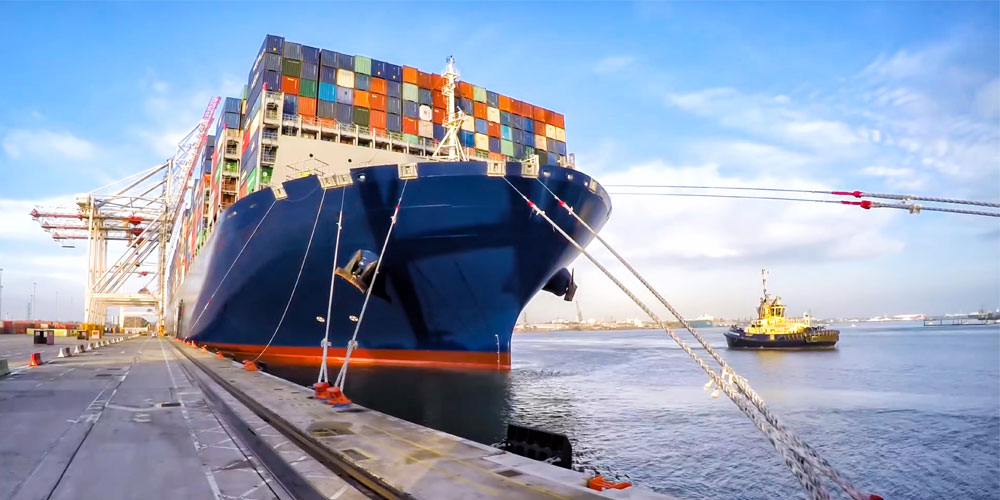The Basics of Importing into South Africa
You have found the perfect product abroad that will take South Africa by storm. In this exhilarating process you are excited yet overwhelmed because the importing process seems complicated and daunting. Let’s learn about the basics of Importing into South Africa
Given the various rules and regulations, which differ depending on the geographical spread of your product’s origins, Importing into South Africa is not always easy.
1. Commercial Invoice
The first step will be for you to get a commercial invoice to import – please note that this should not be a proforma invoice. This invoice will be provided by your supplier, or you will generate it on behalf of your supplier.
This commercial invoice will give the Customs and Border Protection
(CBP) officer a thorough description of what you are importing. This includes a detailed description, HS Code, quantity of goods, and the true financial value of your products.
2. Be Accurate
The description of the goods being imported needs to be clear, precise, and non-generic. For example, instead of stating that you are importing a man’s suit, indicate the exact materials it is made of, whether it is 100% cotton, polyester etc.
Reason being different materials are charged at different duty rates. An accurate description will prevent confusion and delay in the long run.
Stating the accurate commercial value of your products or samples needs to also be stated correctly, as anything found to be undervalued could lead to a hefty fine or trouble with the law.
3. Import Permit
Apply for your Import Permit. When you register, you receive an importer’s code. With this code you will be able to accurately import goods regularly.
SARS will then use the code to check your goods against the declared price and for that reason you must ensure that you are honest and accurate.
If you are an irregular importer, you may apply as such, whereby you will be allowed to import products three times a year by using your South African ID number.
4. Be knowledgeable about the country of origin
In China alone there are 55 states, each with their own unique rules and duty fees. There is therefore a high chance for suppliers to under-declare the goods for importation.
In this case, it is essential to work hand in hand with a clearing agent from the get-go to ensure that they are aware of the veritable value of the goods being imported. It will then be more likely that your commercial invoice will reflect the true value of your product.
If your products have been under-declared, you could face penalties such as fines or delays that could take anything between 3 and 18 working days.
5. HS Codes
As mentioned, each product is unique and falls under a unique HS Code. The HS Code will determine the Duties payable together with import VAT. Download the Tariff Codes here.
Save your HS codes and duties percentage under your Stockburst Analytics products list. This will help you to calculate your Landed Cost with VAT.
6. Caution: Avoid these products
There are certain products that are not authorised to be imported into South Africa (https://www.sars.gov.za/customs-and-excise/prohibited-restricted-and-counterfeit-goods/
A few examples include:
- Second-hand cars
- Certain medications that have not been approved by the Medical Control Council
- Plant material without a license
- Certain animal products – including animal skins
- Certain liquids may not be airfreighted.
Another thing to understand is that there are many extra costs involved with the importation of the following types of products. Takealot may also ask to view the certificates for said products and may disable listings if you are unable to provide them.
- Any product that uses Wi-Fi or Bluetooth needs to be certified by ICASA. This can be expensive.
- Any product that plugs into a power socket or connects directly to a battery needs a LOA. This is time consuming and costs money. A product that can plug into an USB is fine.
Try and avoid these products unless you have the budget to get the correct certification.
7. Importing by Air Freight
Without the correct certification, the following items will not be allowed on an airplane.
- Any goods with a battery.
- Any goods with a magnet.
Now you know all about Importing into South Africa. We hope that this article has been insightful, and we wish you luck with your importations.

